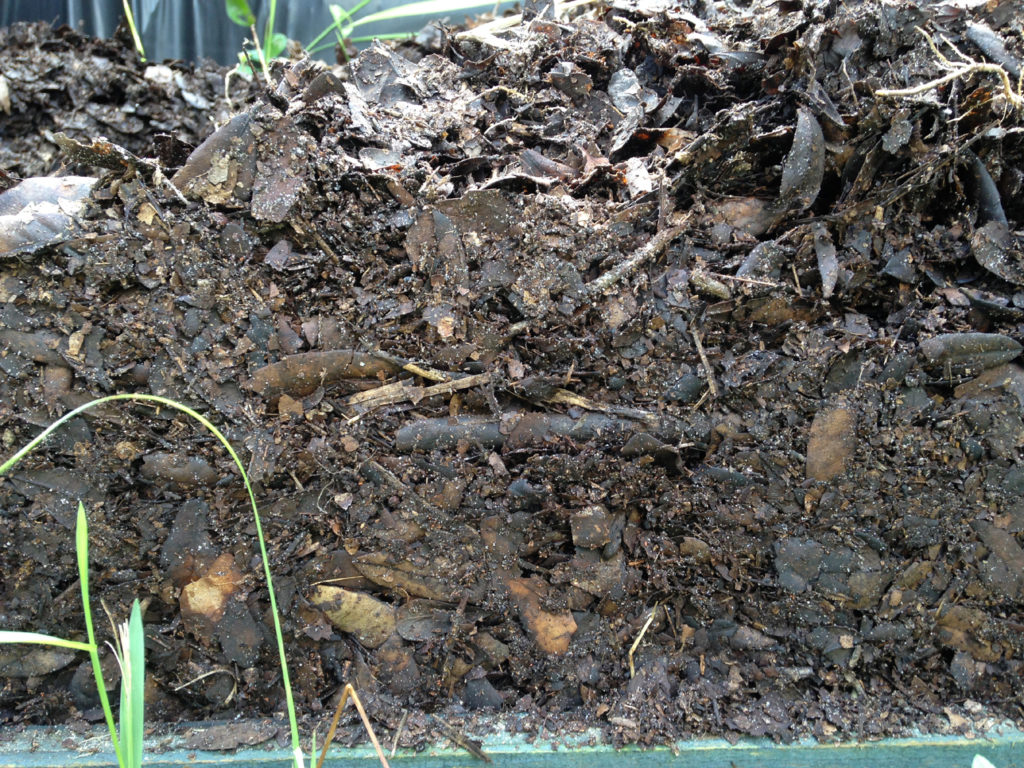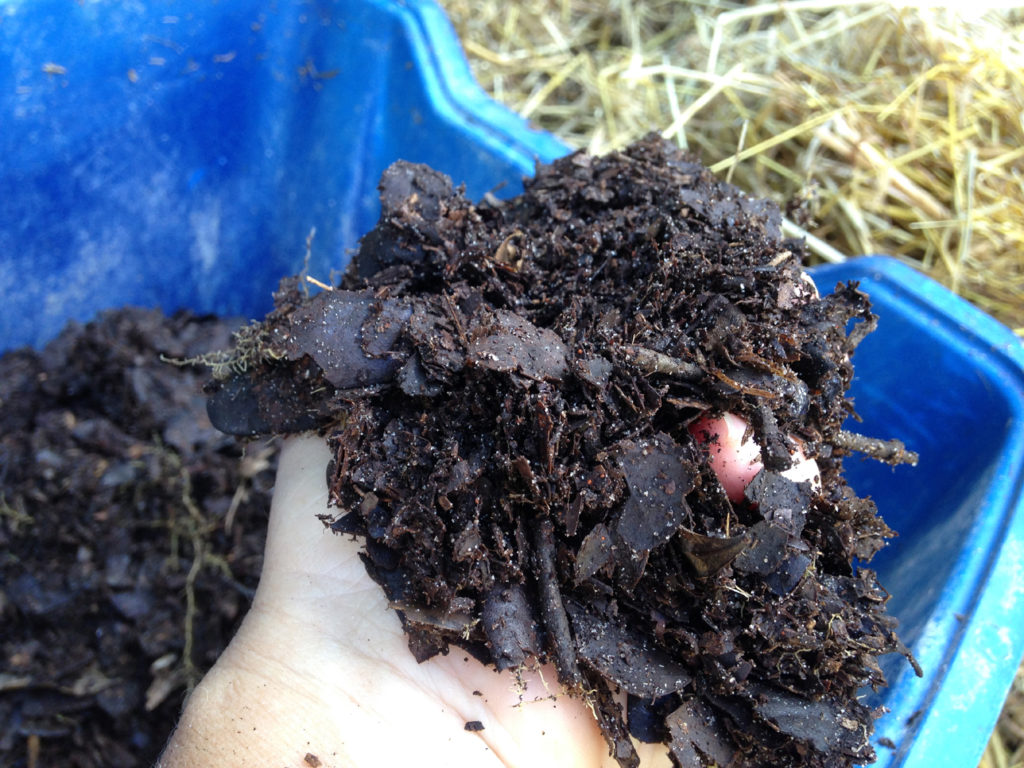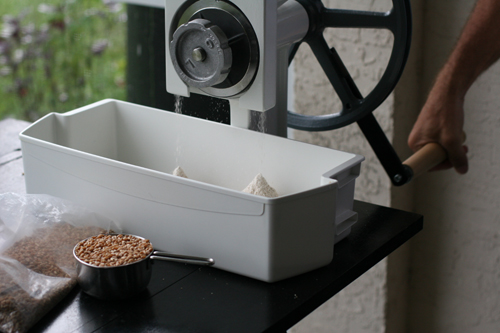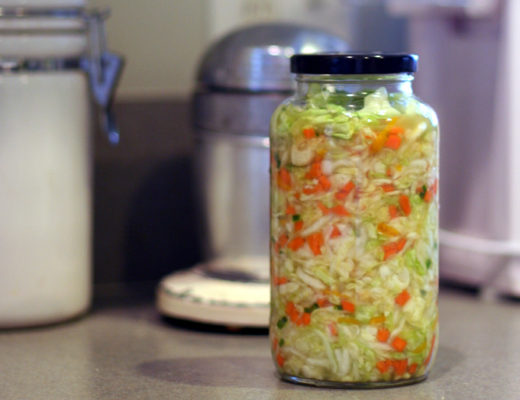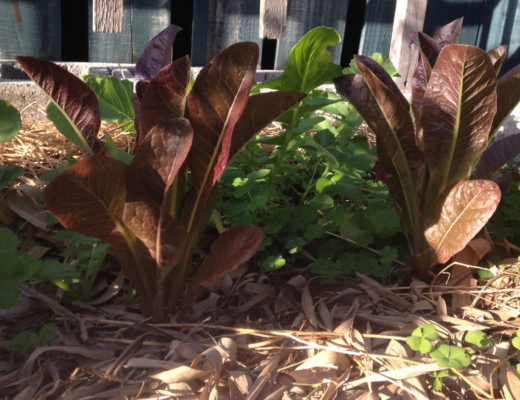I have been hearing so many great things about leaf mold and its use as a soil conditioner, and as a peat moss replacement in potting mixes, that I decided to make some myself. This year’s leaf drop has been more plentiful than normal, maybe because we have had especially dry weather. I hesitate to say that I have “made” anything. Nature doesn’t need my help in making leaf mold. I simply am speeding the process along.
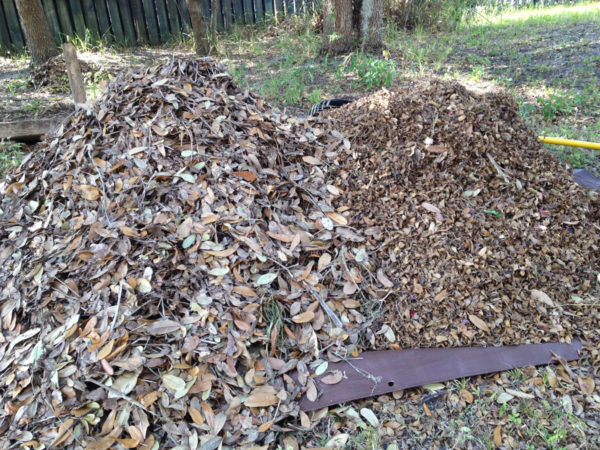
Decaying leaves from deciduous shrubs and trees are an important part of the of the forest floor’s humus layer. Leaves break down very slowly due to their high cellulose and lignin content. As the leaves break down they release minerals into the soil. Unlike compost which heats up during bacterial decomposition, leaf mold remains relatively cool. Because dry leaves are low in nitrogen there is very little bacterial decomposition involved. Instead the leaves are decomposed by fungal species. The fungus have little hairs that grab ahold of soil particles, helping bind the soil, while their tiny filaments spread through the surrounding area, reducing soil compaction. Depending on the type of leaves, leaf mold can hold up to five times its weight in water. This helps keep the soil moist.
When left on the ground, unshredded leaves can pack tightly against each other, reducing oxygen between the leaves, which slows down the molding process. You can speed up this process by shredding the leaves, gathering them into a pile and keeping them moist. The best way to do this is to containerize them so that they will not blow around.
One popular method is to just simply place the leaves in large bags, moisten them, tie the bags off, and then poke holes in the outside for airflow. Let the bags sit in a shady location for a year or two. Some leaves with higher lignin content, such as oak, will take longer to break down than others.
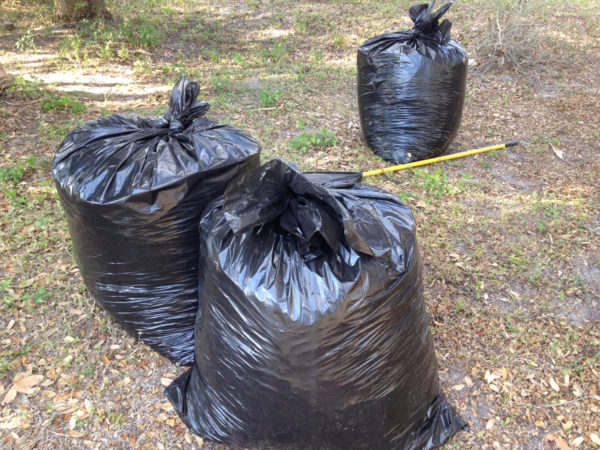
Other methods are to place them in a bin or a cage made of wire mesh. I tried the bag method and found the leaves were drying out too quickly and the bags tore too easily, so Kevin set out to construct a bin that would be easy to keep evenly moist by turning the leaves over and remoistening occasionally. We’ve had temperatures in the 90s already here in SWFL and the bin is staying damp. He lined it with plastic on three sides and left the bottom open so the leaves have contact with the earth which will help bring in beneficial microbes as the leaves break down.
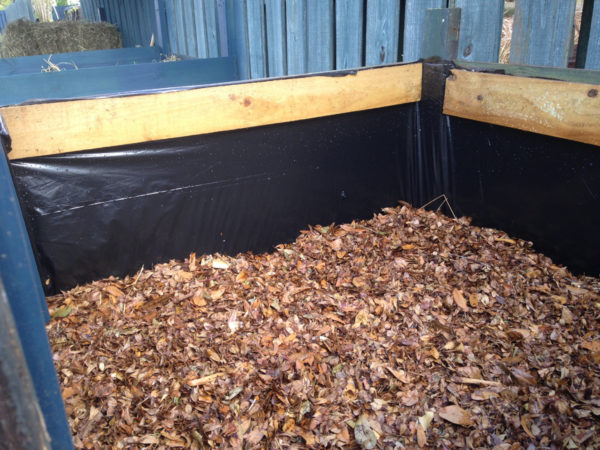
Once the leaves have broken down into a nice soil-like consistency, where only a few small leaf fragments remain, it is perfect for adding to your garden where it makes a great soil conditioner. Once my leaves have broken down, I hope to be able to show what this looks like. If you have an area where leaves have been sitting for a couple years, you can just lift up the top layer of leaves and see this for yourself. My primary purpose for making leaf mold is to use it as replacement for peat moss in potting mixes. I only need to rake up a portion of the leaves that fall to the ground, leaving the rest to decompose naturally. This is a far more sustainable solution that is free and truly renewable.
Six Month UPDATE: The leaf pile is breaking down nicely. It has reduced in size by about half. The oak leaves are a little slower to break down, so next time I may run them through the shredder twice.
